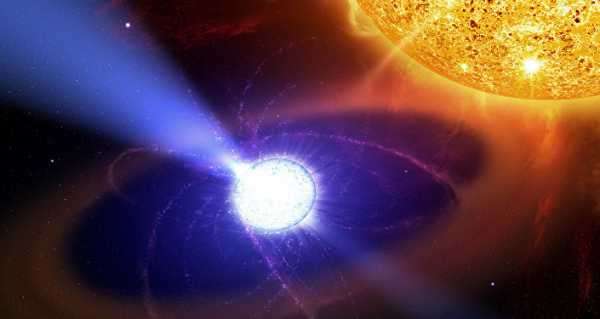
Although the approach and methodology used in the research are not new, scientists have for the first time managed to process a vast dataset of around 3,000 white dwarf stars.
Scientists have managed to conduct an in-depth analysis of white dwarf stars’ mass-radius relationship, effectively bolstering Albert Einstein’s iconic theory of general relativity, suggests a study accepted for publication in The Astrophysical Journal and which is now posted on the preprint server arXiv.org.
The researchers involved in the project made use of a novel method that harvested data on myriads of white dwarfs – from the Sloan Digital Sky Survey and the Gaia space observatory – to look into the phenomenon of physical changes that the celestial bodies experience as time passes, as well as to put to the test already known scientific theories.
When stars akin to our Sun eventually run out of fuel, they get rid of their outer layers and diminish to their cores, which are roughly the size of Earth.
A core itself, or rather the stellar remnants, bears the name of a white dwarf, which throughout its evolution goes up in mass, but shrinks in size. At the next stage, it collapses into a neutron star – super-dense stellar corpses with a radius that usually does not extend beyond 18 miles (30 kilometres).

An artist’s visualizatoin of the first confirmed double helium-core white dwarf gravitational source
This ratio – of mass and size – has piqued curiosities since the 1930s, with scientists eventually arriving at a conclusion that the said decrease and increase in mass are likely caused by the state of electrons: as a body is compressed, the number of its electrons goes up.
The process is traditionally described from the point of view of quantum mechanics — a field studying the interaction of subatomic particles, coupled with Albert Einstein’s theory of general relativity, which centres around gravitational effects.
“The mass-radius relation is a spectacular combination of quantum mechanics and gravity, but it’s counterintuitive for us”, Nadia Zakamska, an associate professor at the Department of Physics and Astronomy at Johns Hopkins University, who supervised the new study, said in a statement, going on:
The research team measured the so-called gravitational redshift effect, which is the effect of gravity on light and on stars. As light travels away from an object, the wavelength of light coming from it grows, causing it to become redder.
Analysing the gravitational redshift effect on 3,000 white dwarfs, the researchers managed to determine the radial velocity of stars of the same or similar radius – the distance from the Sun to an observed star which indicates its movement, namely whether it is moving towards or rushing away from the Sun.
If determined, the stars’ radial velocity could point to changes in their mass.
“The theory has existed for a long time, but what’s notable is that the dataset we used is of unprecedented size and unprecedented accuracy”, Zakamska noted, praising the researchers’ headway:
Sourse: sputniknews.com






